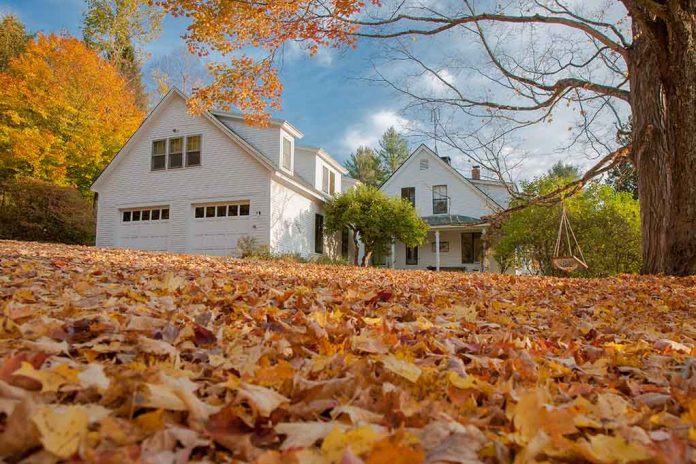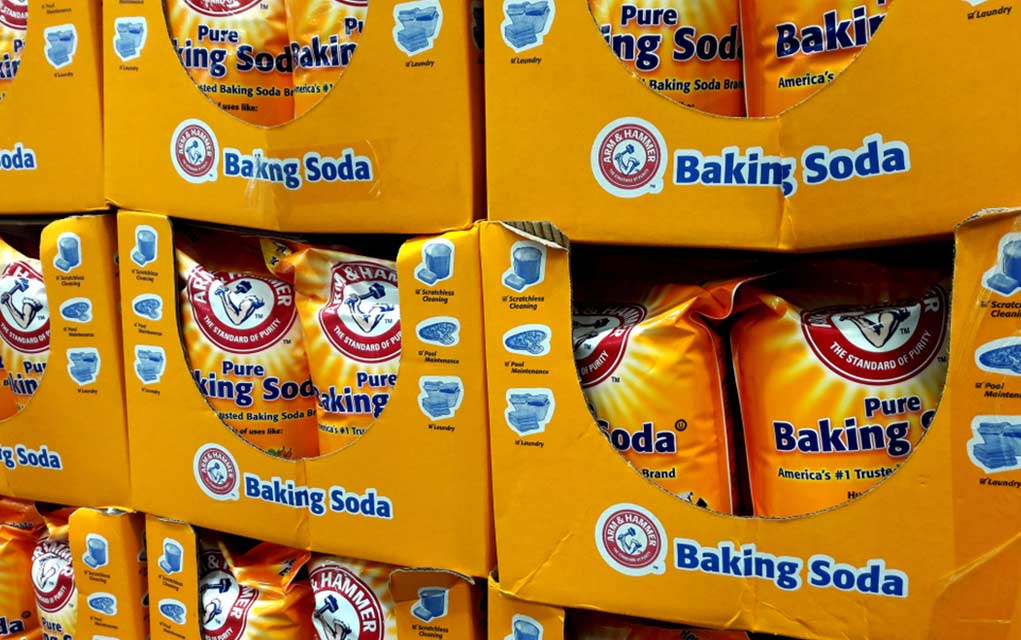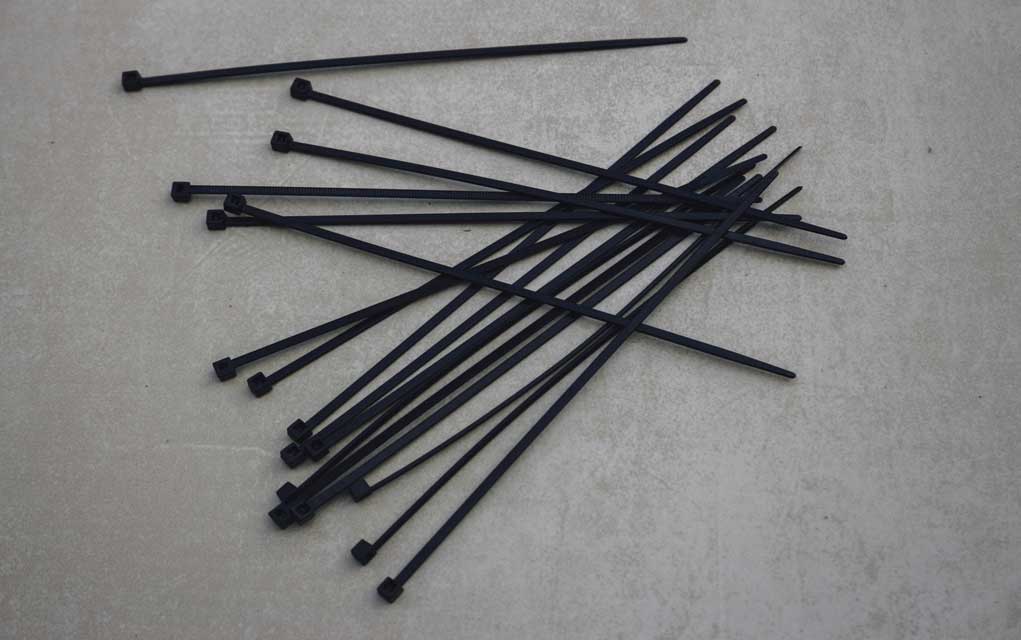(ModernSurvival.org) – Home is where the heart is. As such, you need to keep it in shape and protect it from harm. Changing seasons unleash forces that can play havoc on your house. Luckily, there are several preventative measures you can take to help keep your home in tip-top shape.
Spring Cleaning
Once the winter months have passed, it is time to do a bit of spring cleaning. Check your gutters for buildup to ensure water can drain adequately once the rain starts. You should also check your roof for damage to ensure no shingles were displaced during the winter storms.
Clean your door and window screens to take advantage of the cool spring air. Check them for holes that may need patching to prevent unwelcome creepy crawlers from joining your family.
If you have a basement, check it for leaks. Run a test of your sump pump as well by pouring a few gallons of water into it and turning it on. You want to be sure it is operational, as spring has the potential to bring flooding with it.
If you live in tornado or hurricane country, you will want to check your storm shutters for damage. You may also want to check your home warranty and insurance to see if it covers these types of storms. Better safe than sorry.
Blow out your sprinkler system and check it to ensure it is ready for use. Look for leaks or broken sprinkler heads. Inspect irrigation systems and remove any debris that may have collected there. You should also check your water faucets for freeze damage.
If you have woodwork on your home, fill any holes and reseal the wood as necessary. Wood rot can be costly if not caught early or prevented altogether. Look for cracks in the concrete around your home. Sidewalks can be repaired using concrete filler or caulking.
Summer Solutions
Summer has arrived, beginning the barbecue season. Make sure you are ready by cleaning your grill. For a charcoal burner, remove the grill and clean it with soap and water. Empty the grill itself and wash it down too.
For gas grills, close the lid and start her up. Burn away for about a half-hour, then brush the grill down once it has cooled. Empty the drip pans and scrub down the outside.
Now is also an excellent time to lay down some mulch to help stave off weeds that may want to join your summer fun. It is also a good time to remove any growth around your air conditioner. Take a look at the AC filter as well; this is a good time to replace it if needed, as it will likely be running overtime.
This goes for window units as well. Remove the filters and clean them to ensure they operate at maximum capacity. Take a moment to clean off your ceiling fans and ensure they are spinning counterclockwise. This will push the air down and help to cool the room.
Trim back branches from your home to keep squirrels from easily getting to your attic. To help keep such unwanted critters away, clean up any piles of leaves and sticks that may have accumulated in the yard. Small animals and bugs like to dwell in these and may decide to migrate into your home. Additionally, they can pose a fire danger in heat waves.
Check your siding for chipping paint. This can give bugs an entryway into your home or provide a foothold for mildew. Replace any rotting areas and repaint where necessary. Check your patio as well, as it may need a fresh coat of sealant.
The Fall
The leaves are changing colors, and the days are cooling off. It’s time for a bit more home maintenance.
Start by draining your sprinkler systems to ensure they do not freeze in the coming winter. Drain your hoses of lingering water and put these into storage; if water is left in the hose, it will swell when frozen and potentially rupture the hose. Shut off external water faucets and insulate them with faucet covers.
Rake up leaves and make your outdoor plants ready for the cold. This is a great time to have dead limbs removed from your trees.
Make sure you take time to clean those gutters again; with all the falling leaves, they can clog up quickly, leading to roof and siding damage if left unchecked. You should also do a walkabout around your home and seal up any spots that mice may be able to get in. These vermin will look for a good site to hold up for winter, and you do not want it to be your house.
The fall is a good time to begin stocking up on winter supplies as well. You do not want to wait until the first blizzard warning to be out buying salt with the crazed masses. Make sure you check your first-aid kit and restock it as necessary.
Winter Is Coming
Winter can bring many nasty surprises to your home if you do not prepare for it. To winterize your house begin outside by covering your air conditioner and removing any window units.
Next, break out a ladder and inspect your roof and gutters for debris, such as leaves and sticks. Removing this will let melting snow drain properly. While you’re at it, look for damaged or missing shingles that may lead to leaks.
Take a look at the trees near your house; are any branches close enough to cause damage should they break off in an ice storm? Trimming these may be a pain, but it will be much better than having a branch crashing through your roof. No one wants a branch landing in their lap while relaxing beside the fireplace.
Make sure to have your chimney checked for soot buildup before the temperatures drop. Leaves and bird nests can also make for potential fire hazards if not taken care of.
While inspecting the outside of your house, ensure all of the external lights are operational. This can help you avoid a spill on ice that may be hiding in the dark. If your windows have weep holes, clean these out to make sure water doesn’t collect in the window frames and eventually make its way into your house.
Put patio furniture into a shed, or at least cover it up, to protect it from the snow. Ensure your garden tools are stored as well because winter weather can destroy these if left outdoors. You should check your snow shovel at this time and put it somewhere easily accessible so you do not have to dig for it when the weather gets bad.
Once you have completed your outdoor maintenance, head back indoors and look up. Most ceiling fans have the option to reverse the direction they spin. Setting this clockwise will pull cool air up and push heat down from the ceiling along the walls (in the opposite direction of what you want in the summer).
Test your fire alarms and carbon monoxide detectors, and replace any batteries you fear may be nearing the end of their useful life. Next, vacuum your heating vents to remove the buildup there. You should also clean the exhaust hood of your oven, as this is likely to see more use in the colder months.
Test your water heater for leaks or pressure issues. You should also drain it a bit each year to prevent sediment buildup, which can damage the unit. If it’s in a cold room, you can also wrap it in an insulated blanket to help it conserve heat.
You should check your water pipes for leaks as well. These can then be wrapped in pipe insulators to ensure they do not freeze and burst.
Remember that preparation is the key to survival; a little preventative maintenance can go a long way.
~To Your Survival!
Copyright 2023, ModernSurvival.org













